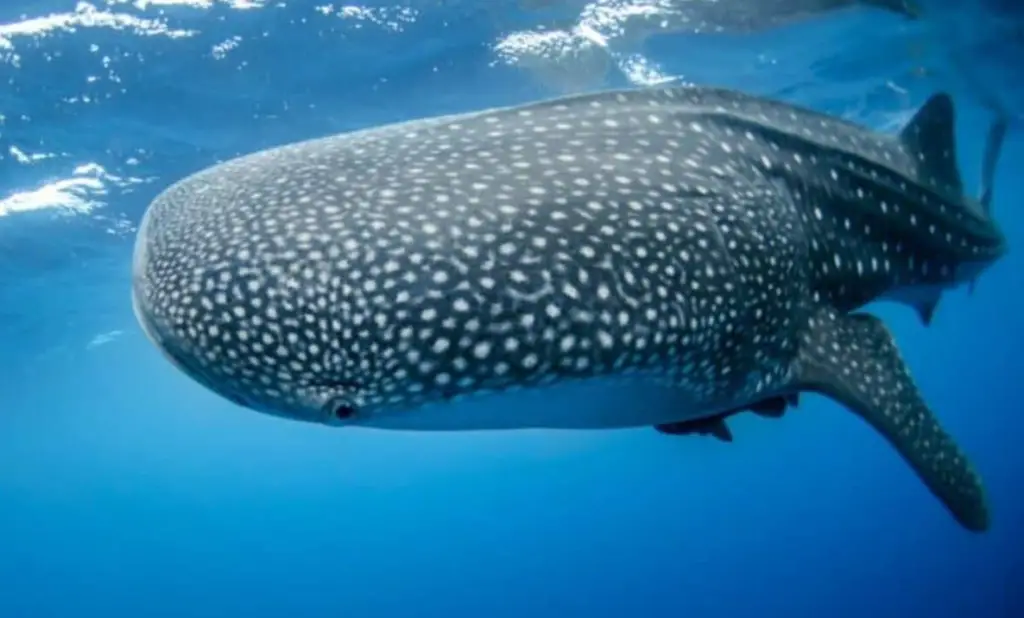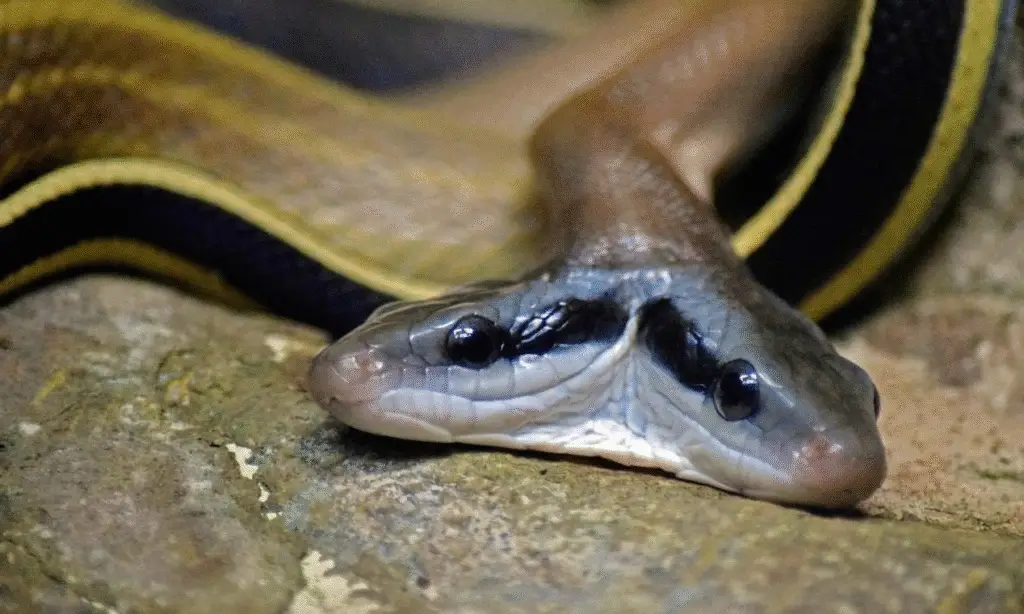Growing Up in Extreme Temperatures May Alter Kids’ Brains, Study Finds

Hey there! Have you ever wondered if the weather could actually shape your kid’s brain? I mean, we all know climate change is messing with our planet, but a new study just dropped some pretty wild findings.
Researchers have found that kids growing up in super hot or cold environments might have measurable changes in their brain’s white matter by the time they’re 9 to 12 years old.
And trust me, this isn’t just about needing an extra sweater or a fan—it could have big implications, especially as global temperatures get more extreme.
The Study: Digging into the Details
This research, published in the prestigious Nature Climate Change journal on June 12, 2024, is the real deal.
It’s based on the Generation R Study, a long-term project in Rotterdam, Netherlands, that followed kids from before they were born.
The researchers looked at 2,681 children aged 9 to 12 who got MRI scans to check out their brain’s white matter—the stuff that acts like the brain’s wiring, connecting different regions so they can communicate effectively.
figure out how hot or cold it was during these kids’ early years, they used a high-tech model called UrbClim, which gave them hourly temperature estimates at the kids’ home addresses.
They defined “cold” as the 5th percentile of monthly temperatures (about 2.6°C or 36.7°F) and “heat” as the 95th percentile (about 20.2°C or 68.3°F).
The average temperature during the study period was around 12°C (53.6°F).
What They Found: Brain Changes and Temperature
Here’s where it gets interesting—and a bit concerning.
The study found that kids exposed to extreme cold or heat during certain key periods of early life had higher levels of something called mean diffusivity (MD) in their white matter when they were 9 to 12 years old.
Higher MD means the white matter isn’t as tightly packed or mature, which could affect how well the brain’s different parts talk to each other.
This could potentially lead to issues with thinking, learning, or even mental health down the line.
Specifically, cold exposure from the third month of pregnancy to the fifteenth month of life was linked to these changes.
For heat, the vulnerable period was from around nine months to 2.6 years of age.
Certain white matter tracts, like the cingulum bundle, corticospinal tract, and superior longitudinal fasciculus, were particularly affected by heat exposure.
Interestingly, they didn’t find any significant changes in another measure called fractional anisotropy (FA), which looks at the direction of water movement in the brain.
This suggests that while the overall structure of the white matter is affected, its directional organization might not be as impacted.
Why Some Kids Are Hit Harder
Here’s the part that really tugs at the heartstrings: kids from poorer neighborhoods were more affected by these temperature extremes.
Why? Well, it’s likely because of things like energy poverty—think homes without proper insulation or air conditioning.
Laura Granés, a medical doctor and researcher at the Bellvitge Biomedical Research Institute (IDIBELL) and the Barcelona Institute for Global Health (ISGlobal), noted, “It was interesting to see that there were some differences in the effects when we compared children living in neighborhoods with lower socioeconomic status vs those who were living in neighborhoods with a higher socioeconomic status, as we could see more effects in the first group.”
This is a stark reminder that climate change doesn’t hit everyone equally—it’s often the most vulnerable who bear the brunt.
The Bigger Picture: Climate Change and Kids’ Health
This study isn’t just about brain scans—it’s a wake-up call about the broader impacts of climate change.
Kids are especially vulnerable because their bodies and brains are still developing, and their ability to regulate temperature isn’t fully mature.
Previous studies have linked extreme temperatures to things like increased anxiety, depression, and even aggressive behavior in kids, but this is one of the first to show actual structural changes in the brain.
And it’s not just this study. Other research backs this up.
For example, a study in ScienceDirect found that both low and high temperatures can negatively affect cognitive development in young kids, especially in low-income rural areas.
Another study from the Generation R Study looked at how temperature affects brain connectivity in preadolescents, showing that it can influence how different parts of the brain communicate.
The Harvard T.H. Chan School of Public Health also points out that environmental stressors like heat and air pollution can have lasting impacts on developing brains, emphasizing the need for protective measures.
Limitations and What’s Next
Now, let’s be real—no study is perfect. This one didn’t look at indoor temperatures, which could be a big deal since babies spend a lot of time inside.
It also didn’t account for temperatures at daycare or school, which could affect older kids.
Granés herself said, “We are currently working on other projects to assess the impact of temperature exposure during childhood, considering other health outcomes such as brain function, behavior and psychological symptoms, and sleep quality.” So, there’s more to come, but this is a solid starting point.
What Can We Do About It?
So, what does this mean for us? Well, as Granés put it, “the solutions are not individual actions but public health policies for climate change adaptation and mitigation.”
That means things like improving housing conditions, ensuring access to affordable heating and cooling, and tackling climate change head-on with policies to reduce greenhouse gas emissions.
It’s not just about keeping your kid comfortable—it’s about creating a world where their brains can develop without the added stress of extreme weather.
A Call to Action
This study is a bit of a gut punch, but it’s also a call to action.
We need to think about how our changing climate is affecting the most vulnerable among us—our kids.
It’s not just about polar bears or melting ice caps; it’s about the future of our children’s minds.
And while the researchers are digging deeper into how these brain changes might affect things like behavior or learning, one thing’s clear: we can’t ignore this.
Think about it: the weather isn’t just about whether you need an umbrella or sunglasses—it might be shaping the very fabric of your child’s brain. Pretty wild, right?
| Key Findings | Details |
|---|---|
| Study Population | 2,681 children aged 9–12 from the Generation R Study in Rotterdam, Netherlands |
| Temperature Exposure | Cold: 2.6°C (36.7°F); Heat: 20.2°C (68.3°F); measured using UrbClim model |
| Brain Impact | Higher mean diffusivity (MD) in white matter, indicating less mature structure |
| Vulnerable Periods | Cold: 3rd month of pregnancy to 15th month of life; Heat: 9th month to 2.6 years |
| Socioeconomic Impact | Children in lower SES neighborhoods more affected, likely due to poorer housing |
| Limitations | No indoor temperature data; no data on daycare/school temperatures |
































